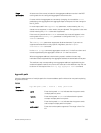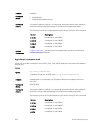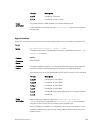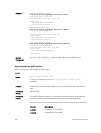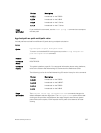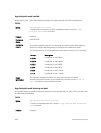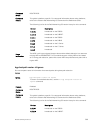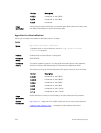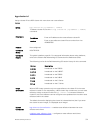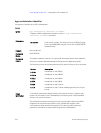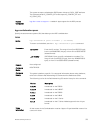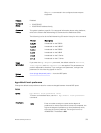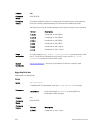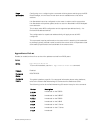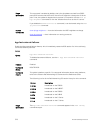
bgp cluster-id
Assign a cluster ID to a BGP cluster with more than one route reflector.
Z9500
Syntax
bgp cluster-id {ip-address | number}
To delete a cluster ID, use the no bgp cluster-id {ip-address | number}
command.
Parameters
ip-address Enter an IP address as the route reflector cluster ID.
number Enter a route reflector cluster ID as a number from 1 to
4294967295.
Defaults Not configured.
Command
Modes
ROUTER BGP
Command
History
This guide is platform-specific. For command information about other platforms,
refer to the relevant Dell Networking OS Command Line Reference Guide.
The following is a list of the Dell Networking OS version history for this command.
Version Description
9.2(1.0) Introduced on the Z9500.
8.3.19.0 Introduced on the S4820T.
8.3.11.1 Introduced on the Z9000.
8.3.7.0 Introduced on the S4810.
7.8.1.0 Introduced on the S-Series.
7.7.1.0 Introduced on the C-Series.
Usage
Information
When a BGP cluster contains only one route reflector, the cluster ID is the route
reflector’s router ID. For redundancy, a BGP cluster may contain two or more route
reflectors. Assign a cluster ID with the bgp cluster-id command. Without a
cluster ID, the route reflector cannot recognize route updates from the other route
reflectors within the cluster.
The default format for displaying the cluster-id is dotted decimal, but if you enter
the cluster-id as an integer, it is displayed as an integer.
Related
Commands
bgp client-to-client reflection — enables route reflection between the route
reflector and clients.
neighbor route-reflector-client — configures a route reflector and clients.
Border Gateway Protocol
371



